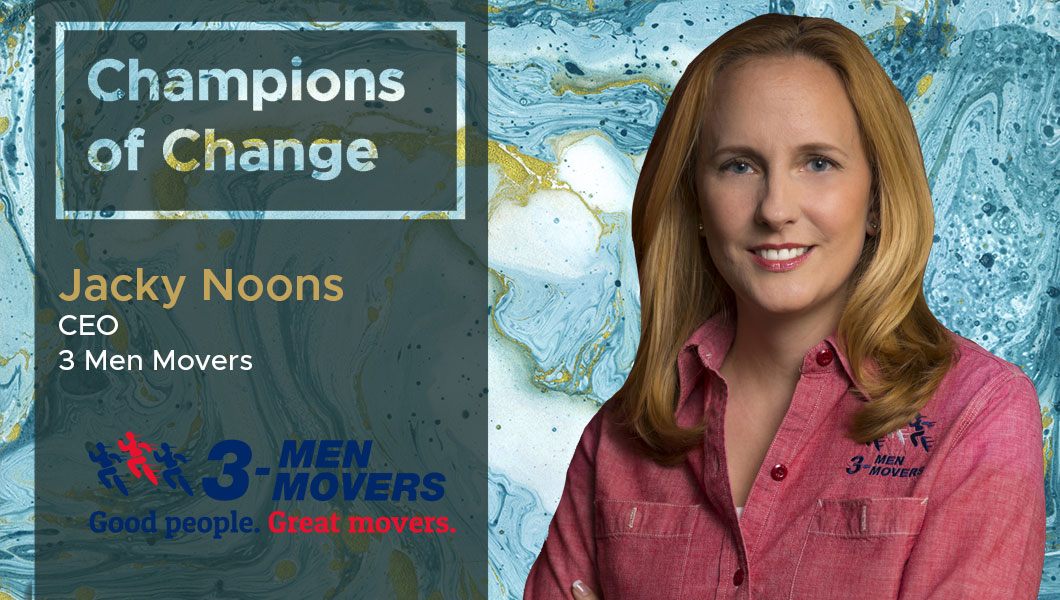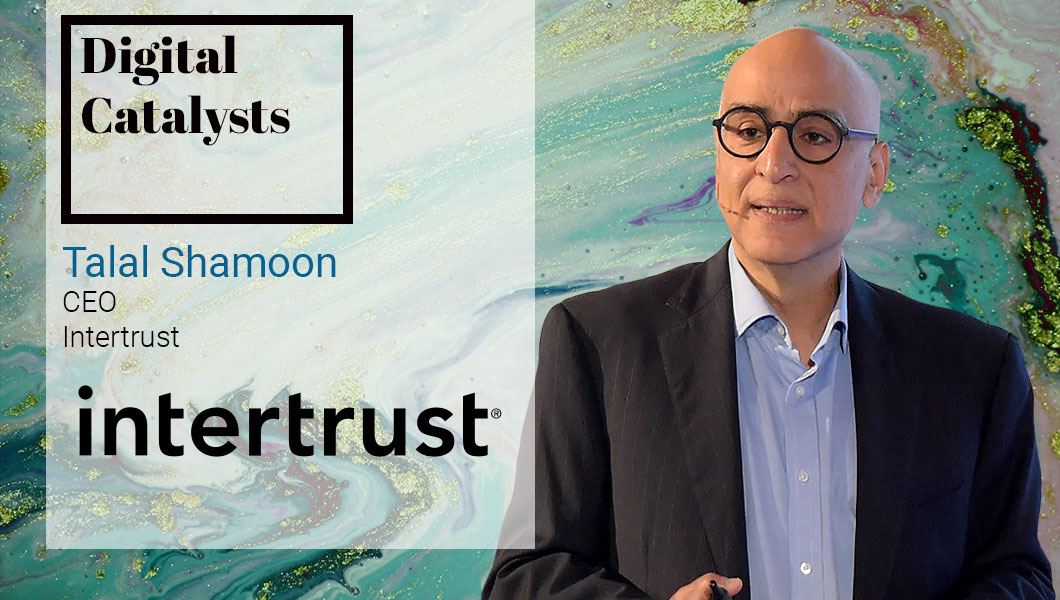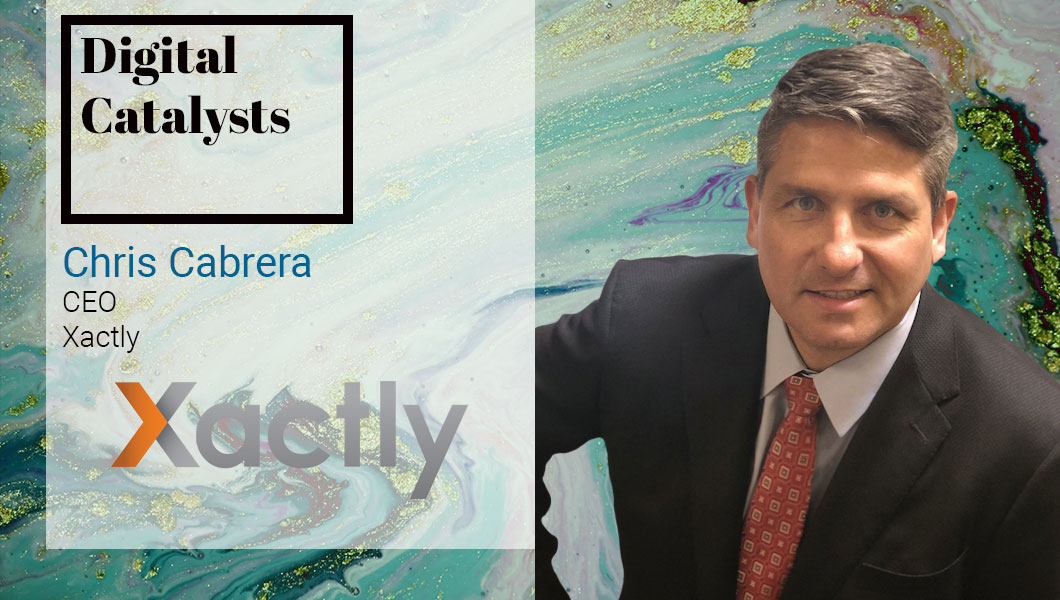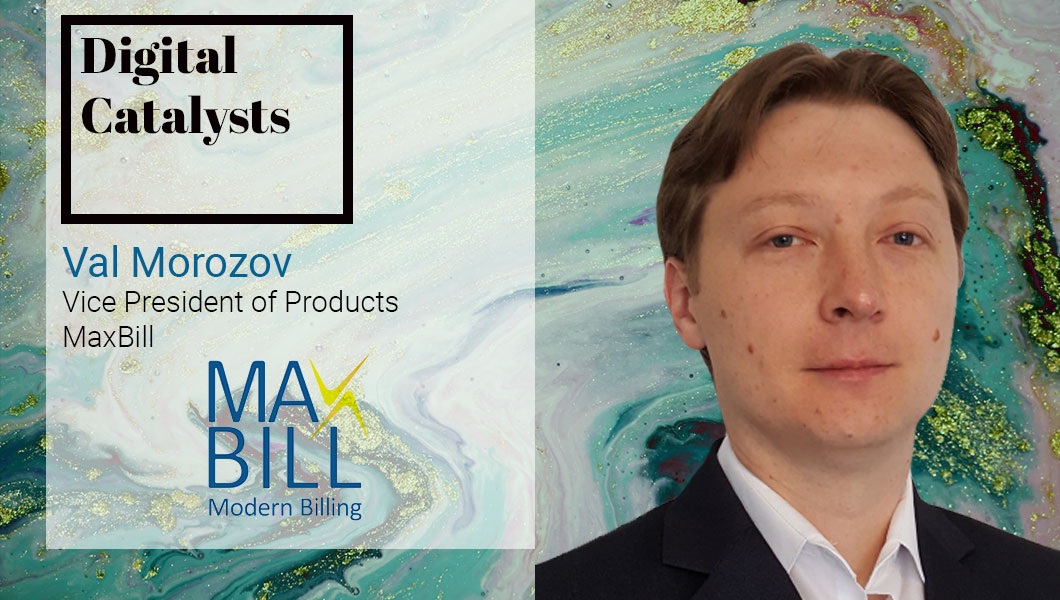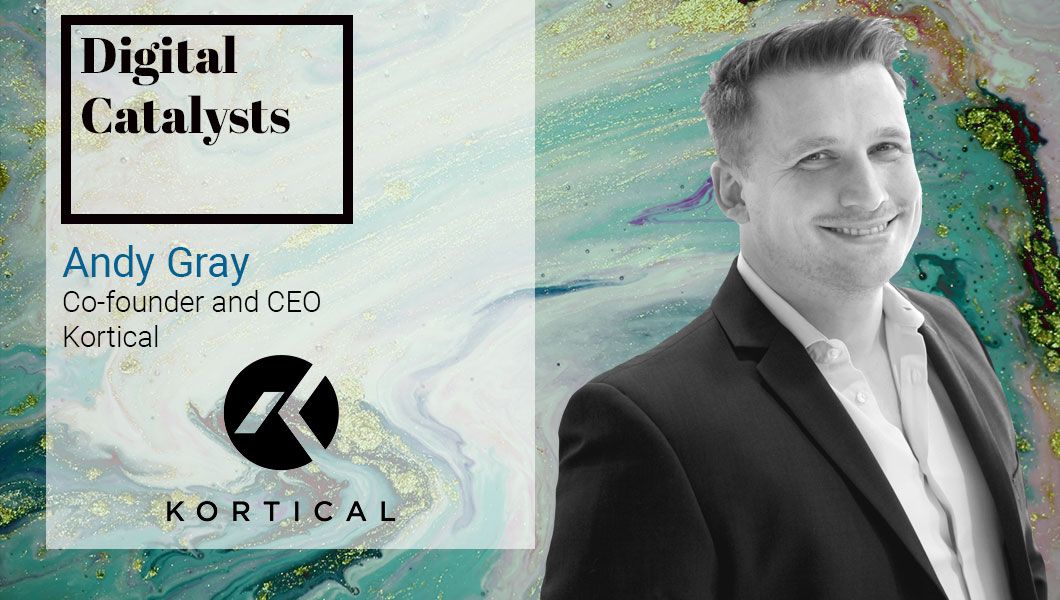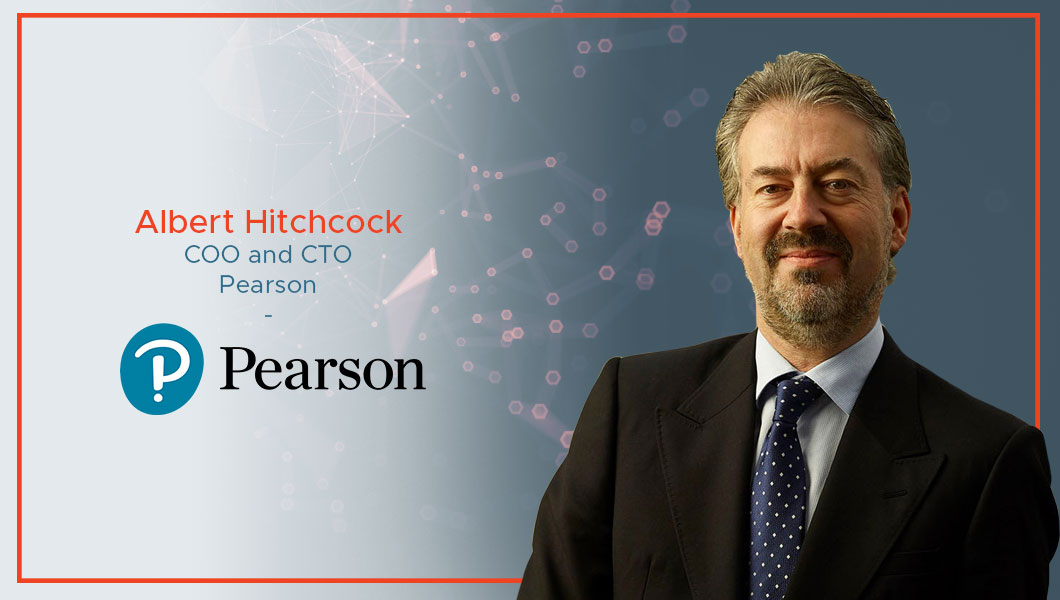
In this interview, Albert Hitchcock, COO and CTO at Pearson speaks about leveraging digital to transform education through a global learning platform, how diverse experiences can be a great value-add and the need to think beyond technology for true transformation
You are the Chief Operating and Technology Officer at Pearson. You took on these responsibilities in 2016 after two years as the company’s Chief Information Officer. Could you talk about your current purview? Additionally, could you explain why you changed roles and the differences between the responsibilities the roles entail?
I have been with Pearson for just over four years, having previously joined from Vodafone Group where I was the Group Chief Information Officer for seven years. When I joined Pearson, I was especially interested in the mission of the company and the agenda it had to transform education through the digital medium. I joined the company as the CIO and took on the responsibility to look into how we transform the company into a digital enterprise. One of my first roles was to look across the business and see how the company was operating. This entailed searching for ways we could implement technology to both streamline the way the company ran and how we served our customers. What became clear quickly was the need to radically simplify not only the underlying technology but furthermore, the way the company ran all of its operational processes. Moreover, it became clear how we delivered a competitive digital experience to our consumers and our institutional customers.
Through that process, one of the things that became evident was that large chunks of the company, if not the entire company, needed to go through a radical change. I was asked to take on additional responsibilities through that, in terms of taking on the digital product development. This was because it became clear that the enterprise IT and the way we were developing digital products needed to be closely aligned. Previously in the business, these two were separate and were almost competing for technology functions. It was a belief,on my part that we needed to have an underlying design, digital architecture, and a way of working that was compatible across both enterprise IT and product development. That group was one of the first groups to come in addition to my existing CIO role.
Approximately a year later, one of the things we embarked upon through this process was a common ERP system, a common CRM, common operations processes, and common data such as customer data, product data, and vendor data. At the time, we did not have a single operations function across the company. Operations tended to be embedded in our regional organizations and other functions around the business. It became clear that in order to drive the process of alignment, commonality in ways of working, and the drive to a common data model, we needed to bring those functions together. I offered to take on the operations responsibilities such as procurement, supply chain, customer service, and even real estate. This was in an effort to drive a common model around the globe for operations. Furthermore, I have subsequently added in additional shared services. These functions coming together has allowed us to rapidly drive a more cohesive change across the business.
You have been a CIO multiple times over, having held the position at Nortel Networks prior to your time at Vodafone, as well as at Pearson. To what extent do you see the work done as a continuation of what CIOs themselves ought to be doing in setting standards regarding the internal and external components of undergoing a digital transformation? Moreover, do you see that as carrying forward with this broader set of responsibilities that you have undertaken?
I do. My perspective as I have taken on additional roles at both Vodafone and at Pearson is that the role of technology performance is making companies competitive and compatible with the future expectations of consumers. Increasingly, in many ways, the CIO has moved from the back office to the front office. Some companies have implemented a Chief Digital Officer and so forth. That being said, in my view,
the head of technology who owns a digital agenda has a transformative role in the company and needs to think wider than pure technology.
I believe the role is a transformation role, and therefore it needs to encompass the operating model of the business, the way the company operates, the processes that it needs to perform, and how it delivers a customer experience as preeminent and comparable to the best digital experiences across any site.
Increasingly, consumers are comparing us with their best digital experiences irrespective of the service that is being consumed. Technology executives need to think through the entire customer life-cycle, and they need to think through the effectiveness and performance of the operational aspects of company performance. I believe it is an important and transformative role that needs to be wide encompassing in order to be effective.
You described the vision of delivering Pearson’s education, content, and services through a single platform as creating the “Netflix of Education.” Could you talk about this long-term vision?
The intention of the message was to have the viewpoint that we needed to move to a platform type of model where we have all our products, services, and capabilities that we deliver to our customers in a single ecosystem. A great deal has been written around this model at Pearson, and that is especially relevant as our company grew through acquisitions. Ours is a diverse business that is over 170 years old and has had many different types of companies under the umbrella of Pearson for many years. Recently, education has become the primary focus, but the complexity that was acquired over those decades was inherent within the company. The way we serve our customers had been across many different brands and many different types of digital products. We sell millions of books and material on the digital side. We had to figure out how to transform that to be a consistent, high-quality branding experience and one that is comparable to the best customer experiences out there.
Pearson CTO, Albert Hitchcock on developing a global learning platform to take the learning experience to the next level
Silicon Valley companies create the benchmark for the digital experience by being platform businesses. Our vision is to leverage the opportunity to transform along similar lines in terms of having a single platform globally that could deliver all our educational content and courseware. Furthermore, this would allow us to move into a more personalized experience that delivers high-quality education outcomes. It would be game-changing for not only Pearson, but for the entire industry if we could create that single platform, similar to Netflix, Spotify, and Amazon. This platform would be highly scalable, global in nature, high-quality, and a platform that could deliver all our experiences around the world to millions of learners. We are currently working to deliver high-quality courses to students that are proven to help them learn and progress their lives through education and ultimately to their professional lives.
Your transformation has been centered around change. How have you thought about the waves of change that you incorporate to breathe life into these ideas?
Some of those phases have become evident as we have gone through the cycle. In my first few months at Pearson, it became clear that we needed to do this radical simplification. As I mentioned, Pearson grew through acquisition and therefore nothing had ever been fully integrated. Because of this, it was an extremely complex vendor landscape as nearly every technology vendor was inside the company somewhere. We had 63 ERP systems across the company, over three thousand applications, and 93 data centers.
The first phase, I called the radical simplification and reduction phase. This phase was about understanding our cost base and radically addressing cost, taking out complexity, and reducing duplication.
The next phase I called platform strategy, which was centered around implementing common core platforms across the company. Specifically. this was about getting everything in the cloud including new content publishing, editorial offering systems, content distribution, the single ERP on Oracle, the single salesforce CRM, and the single identity platform. This allowed us to begin decommissioning all data centers as we started out with 93 and are now down to less than thirty. Our goal is to have them all shutdown and have everything in the public cloud within the next few years. We also moved from three thousand apps to around a thousand, and our goal is to have less than 300 with every one of them in the cloud.
We are now going into what I call the exploitation phase. This phase is focused on moving from the implementation of platforms into the exploitation of platforms and technology. This is the event where we start to innovate to scale and bring an eminent customer experience together across the whole enterprise.
There are a variety of questions that have to be answered such as how we track our customers’ behaviors and insights, how we personalize experiences, and how we link our marketing to our customer service and to our product experiences. We want to focus on customer data and customer experience to figure out how to move to the best in cost operational processes to run the company. Furthermore, we want to figure out how to become more efficient, take out costs, and streamline operations. This phase has a big dependency on people and culture. We have to be able to attract new talent that we need to run this new digital business while developing our existing people to get to the next level. Furthermore, we must be able to change the culture from our traditional publishing culture to the digital native culture and figure out what that entails. This is the phase that we are still working on currently.
I believe that the next phase is exciting and interesting because we have laid the foundation by implementing a single ERP and single CRM. We are building our global learning platform and we have one of the first products which we launched this month. This focus on culture, change, innovation, and exploitation is going to be exciting at Pearson over the next few years.
How is the process of experimentation around new technologies done? Specifically, as new technologies emerge, how do you encourage your team to begin to experiment and to decipher more of the specifics of how that might be leveraged?
One of my beliefs is that you do not necessarily have to invent everything in-house.
There are great examples of innovation that is taking place in both adjacent and completely different industries that are implementing interesting ideas. A practical example of this is that we have been growing our team around the global learning platform because I did not have the skills in the company to build microservice-based software or even cloud-based development. Because of this, we looked to find people who understood that world and the future education experience. In doing this, I looked to the games industry which has some close analogies as to the experiences that we are going to have in the future.
We hired a CTO in California from Electronic Arts, and he brought a group of games guys who are located in our new San Francisco office.
The interesting thing is that we can bring in an entirely new set of ideas, experiences, and new ways of working that are going to help us innovate the digital education experiences we are currently working on. We did this simply by bringing in a group of people who work in an adjacent industry that otherwise most likely, never would have connected with education. While that is not a new innovation, it is about bringing together people who have diverse experiences in areas that can be additive to what we are trying to do.
Overall, I believe it is a combination of aspects. I believe it is about us looking at other ideas that other companies are implementing and seeing where we can bring these concepts together to deliver with the lasting initiatives that we are trying to put in place at Pearson. Then, as we create the single platform, it is about how we start thinking about future R&D and looking forward towards a five-year horizon. It is about seeing the ideas that are coming that we can then bolt into the platform to take us to the next level.
More specifically, with AI, we recently hired a senior leader from Intel to help us to bring the entire AI area to focus in terms of what it is going to do for our business. We are building AI and machine learning capabilities and technology in other areas of our company to look at how we transform all aspects of our business using AI and machine learning. This involves everything from how we transformed customer call centers using chatbots all the way to a part of Pearson’s secret, which is how we bring AI, learning design, pedagogy, and insights into human minds and brain function to create a personalized learning experience. This will be different for every human being and therefore you can potentially accelerate learning and delivery, improve outcomes, and help everyone progress in their lives of learning. AI is at the center of that thinking and we are working on that to bring that to scale through the platform.
Another important emerging technology is augmented and virtual reality. We see several use cases for that, not just within a school and higher education, but also into professional learning. We are looking at how we can help people who work in hazardous jobs experience something without going through the hazard. Moreover, we are looking at how we can help surgeons learn how to perform operations on people without having to perform an operation. We have done some work with Microsoft using HoloLens to simulate a human surgery. Overall, there is a huge scope here for the future and the platform will allow us to do this at scale.
With new technology and innovation, you underscored how the pace of change is faster than ever. Additionally, fostering learning agility for individuals, enterprises, and the people who work within companies has become an important topic especially given the fact that a skill that one has today may be rendered obsolete quickly. How do you work to stay agile and ensure that your organization is doing the same thing?
We recently released a report with the Oxford Martin School on the future skills and learning that will be required in the workplace. One of the things we focused on is the aspect of employability and equipping students with the skills that are necessary for future employment and progression within employment. One of the areas I believe is a great opportunity for Pearson is to increasingly serve education, not just through school and formal education, but with employers to transform their workforce. When I connect to our suppliers in the technology industry or my fellow CIOs, one thing that is evident is that nearly every company is faced with the challenge of re-skilling their workforce. This must be done to cope with the demands of the digital revolution that we are going through and the impact of AI, robotics, and other emerging technologies. I believe Pearson is exceptionally well positioned to assist companies in transforming the skills they need to acquire and develop.
I started out as an engineer, and I became incorporated and then chartered through the Institute of Engineering and Technology. An engineer is no different than a surgeon or an accountant in the sense that the profession demands ongoing development certifications. I believe people want to continue the learning part. Because of this, the opportunity is there for us to become the delivery of lifelong learning for both individuals, education institutions, and government to achieve that. In terms of how we do that internally, at Pearson, there is a big focus on internal employee development.
We started the Technology Academy shortly after I joined to try and take the technology workforce to the next level in terms of their abilities to equip them with the skills needed for our own journey around the digital change. That is something we will continue to work on and sponsor. We work very closely with institutions and universities to do that as well as our own people. It is a fascinating journey and an incredibly important one for society over the next few years. As society changes, we need to evolve to support the future digital requirements.
With many of these emerging technologies, many fear it is going to lead to unemployment as technology can take over more of the manual processes that people have traditionally undertaken. I believe that education is part of what will help our society to continue to evolve and ensure that those people have the means to find good work in a new area. Do you share this same view?
Asolutely. It is incredibly important because as I mentioned, among companies, the common issue that is shared is re-equipping the workforce with the right skills for the future. I used the term revolution as I think we are going to go through a skills revolution in the next few years. It is going to be increasingly hard for companies to find the sort of people who they need.
Currently, approximately forty percent of employers say they cannot find the right people and I think that is only going to get worse. They need to equip students for the workforce and to equip the workforce for the future.
It is going to be critical, and therefore it is high on our agenda in terms of strategy going forward.
This interview was originally published here


 By
By 